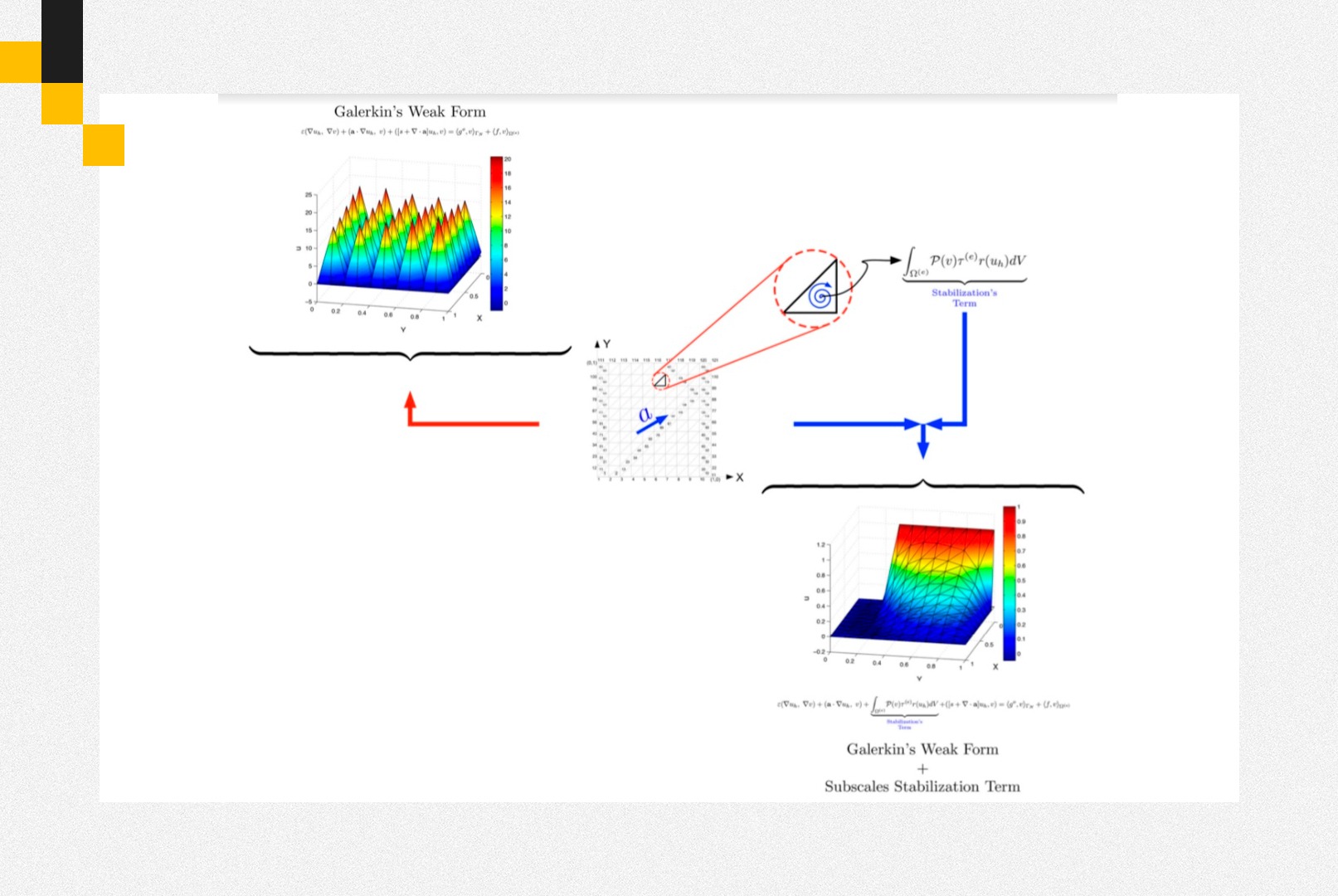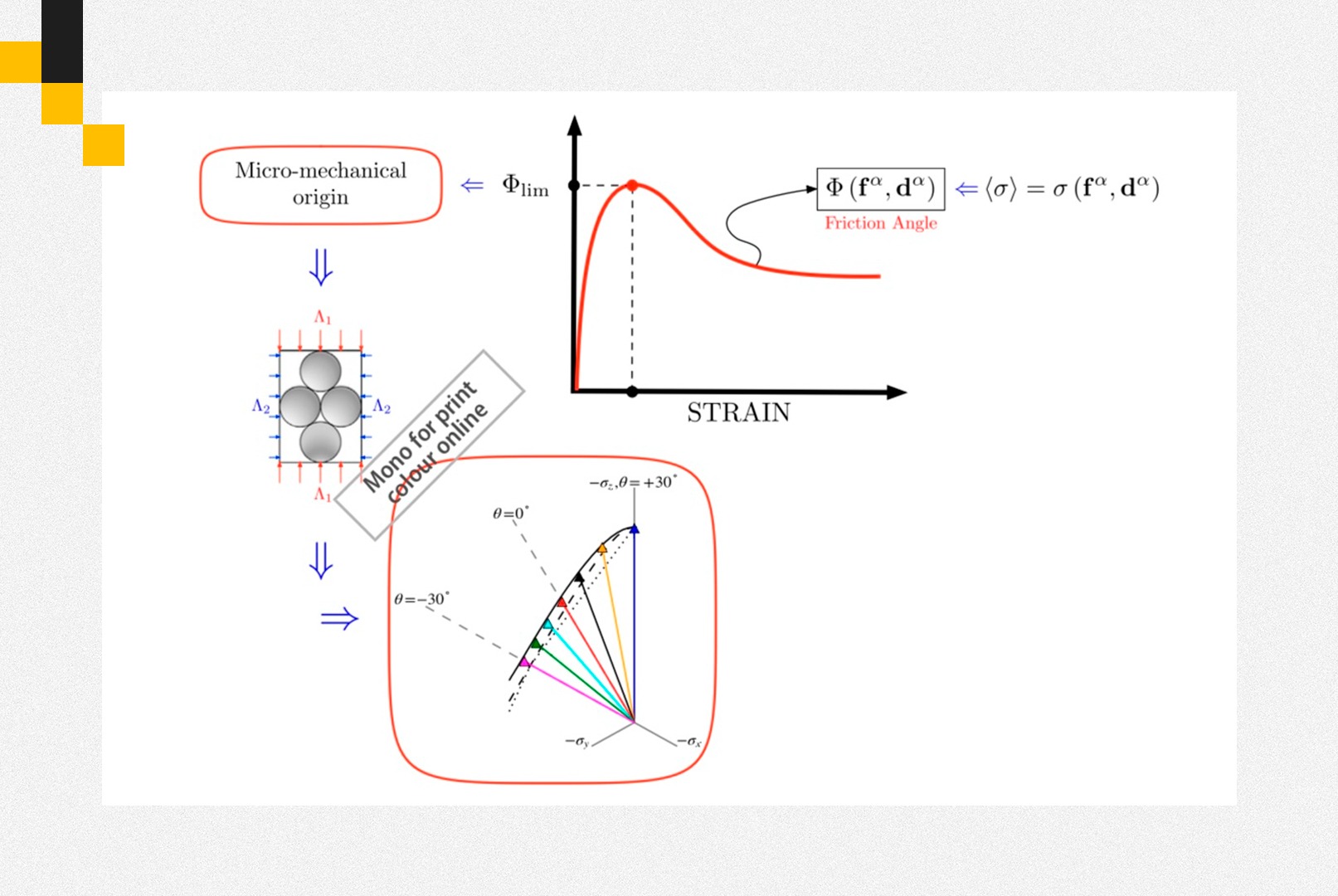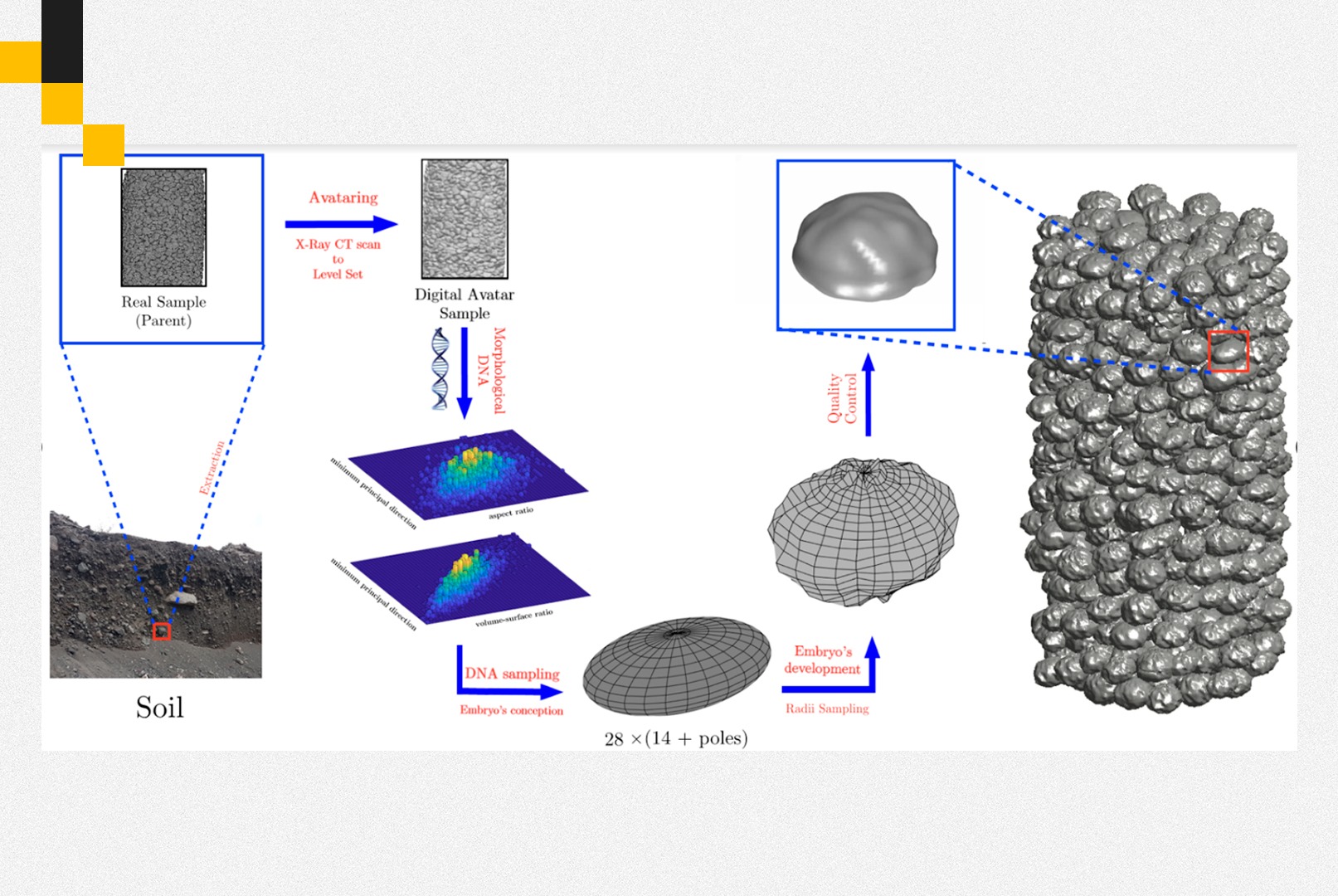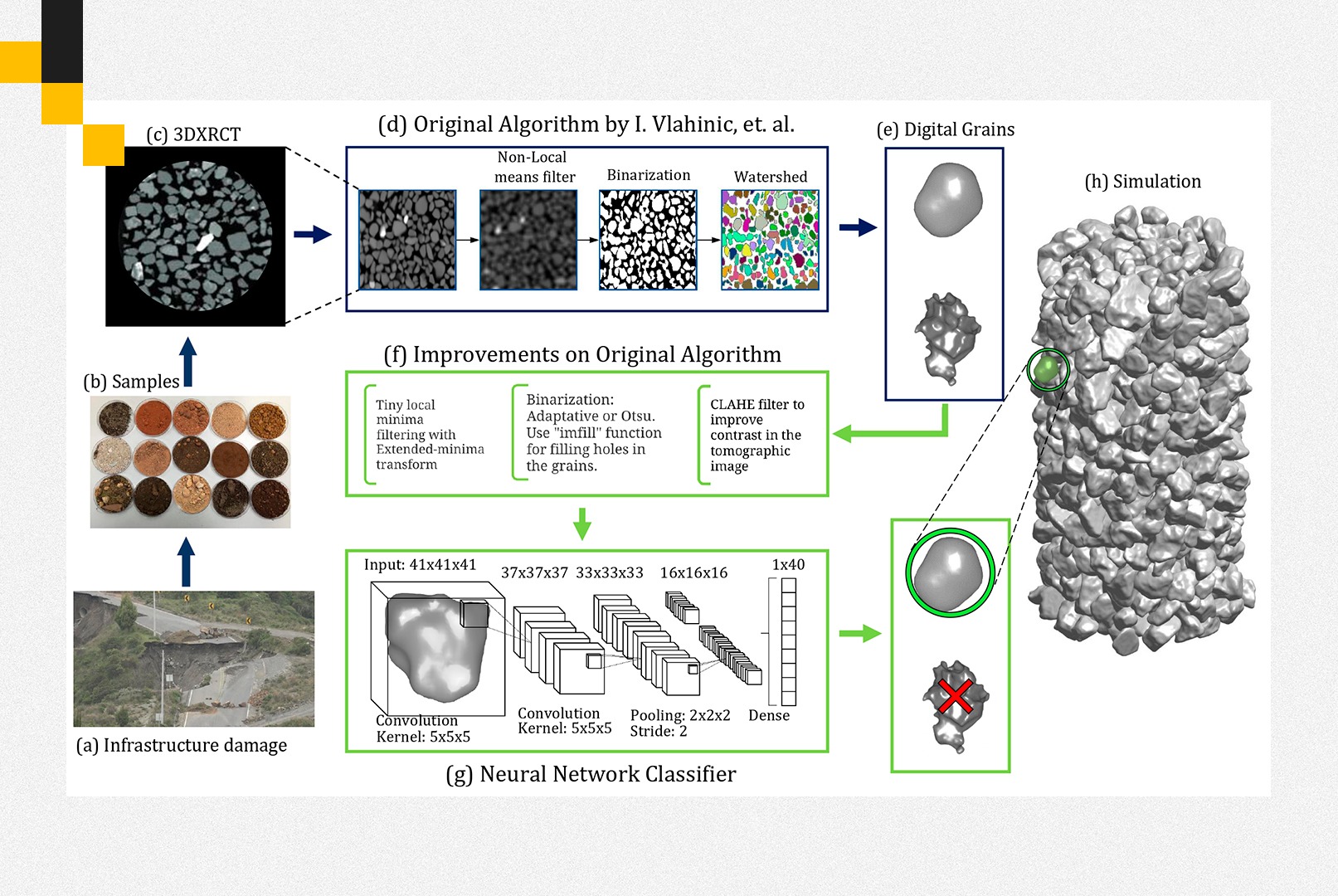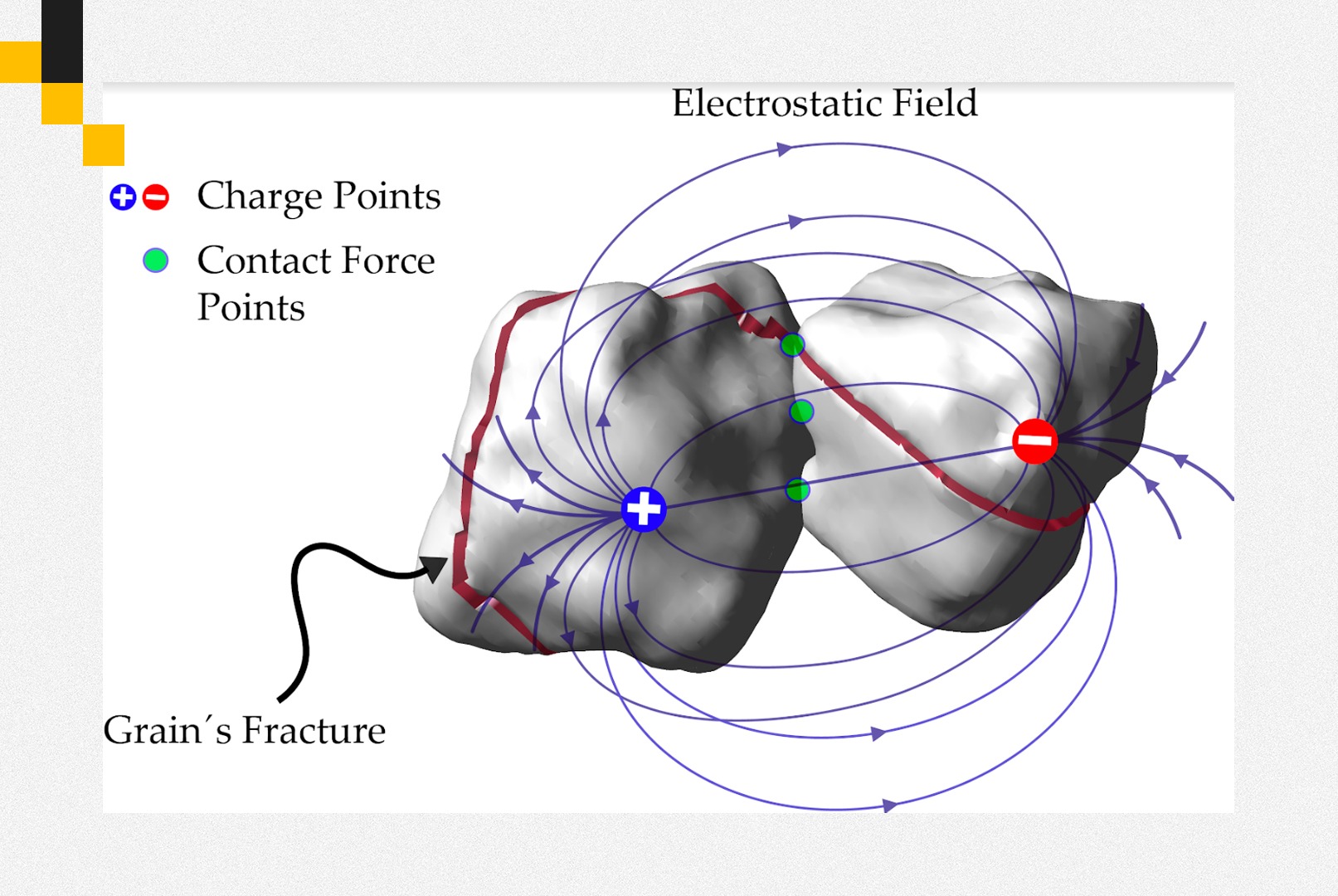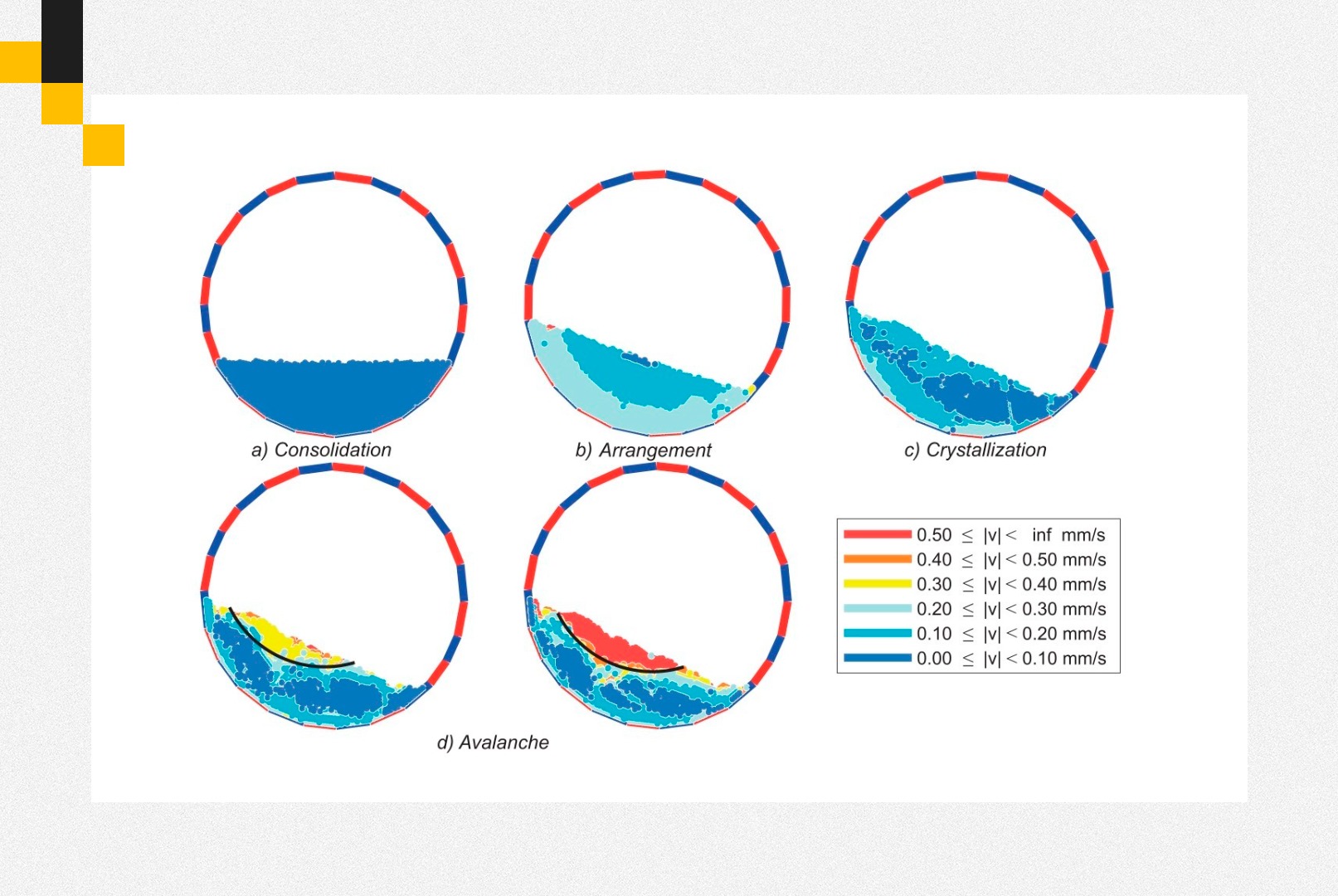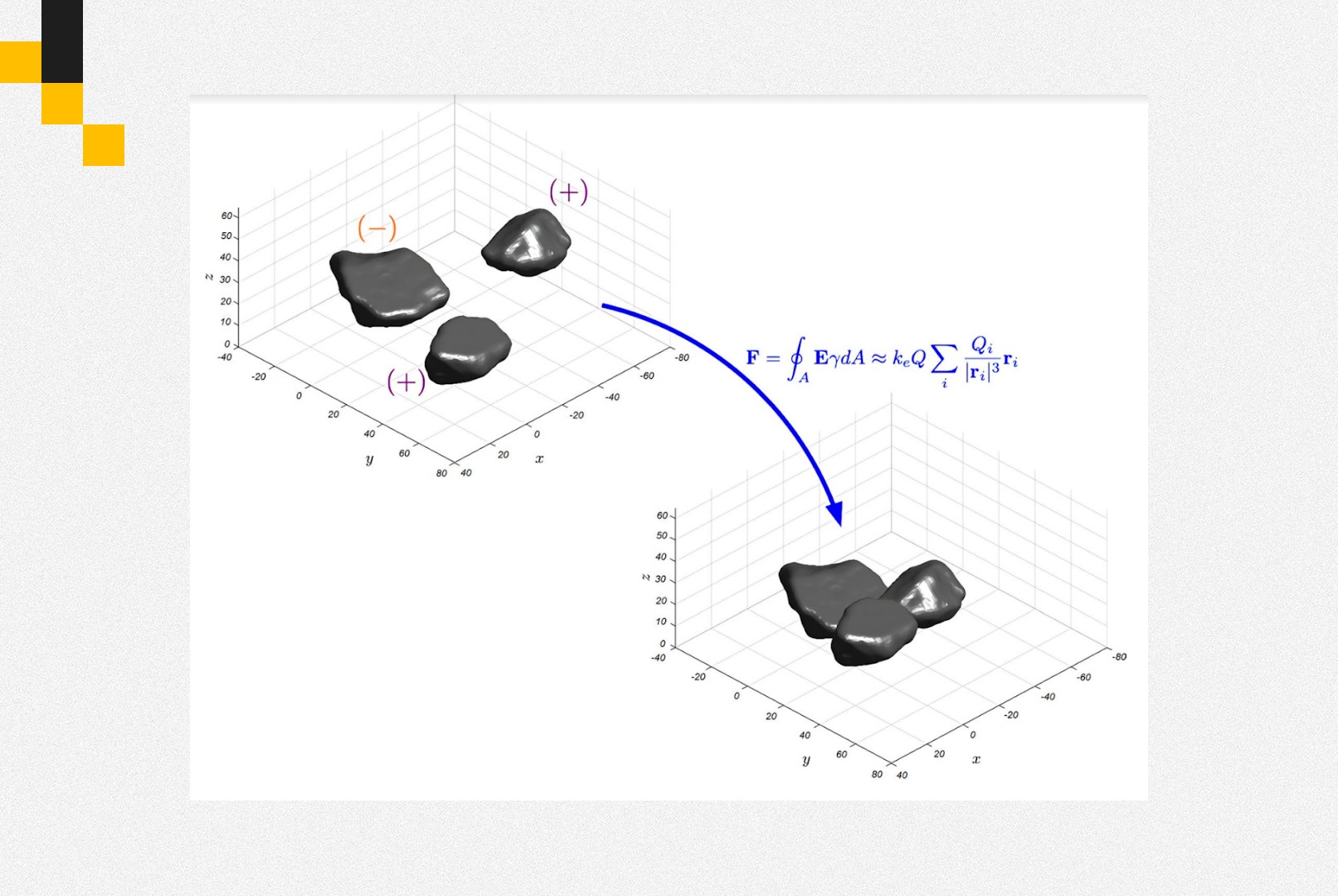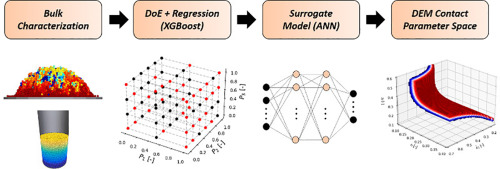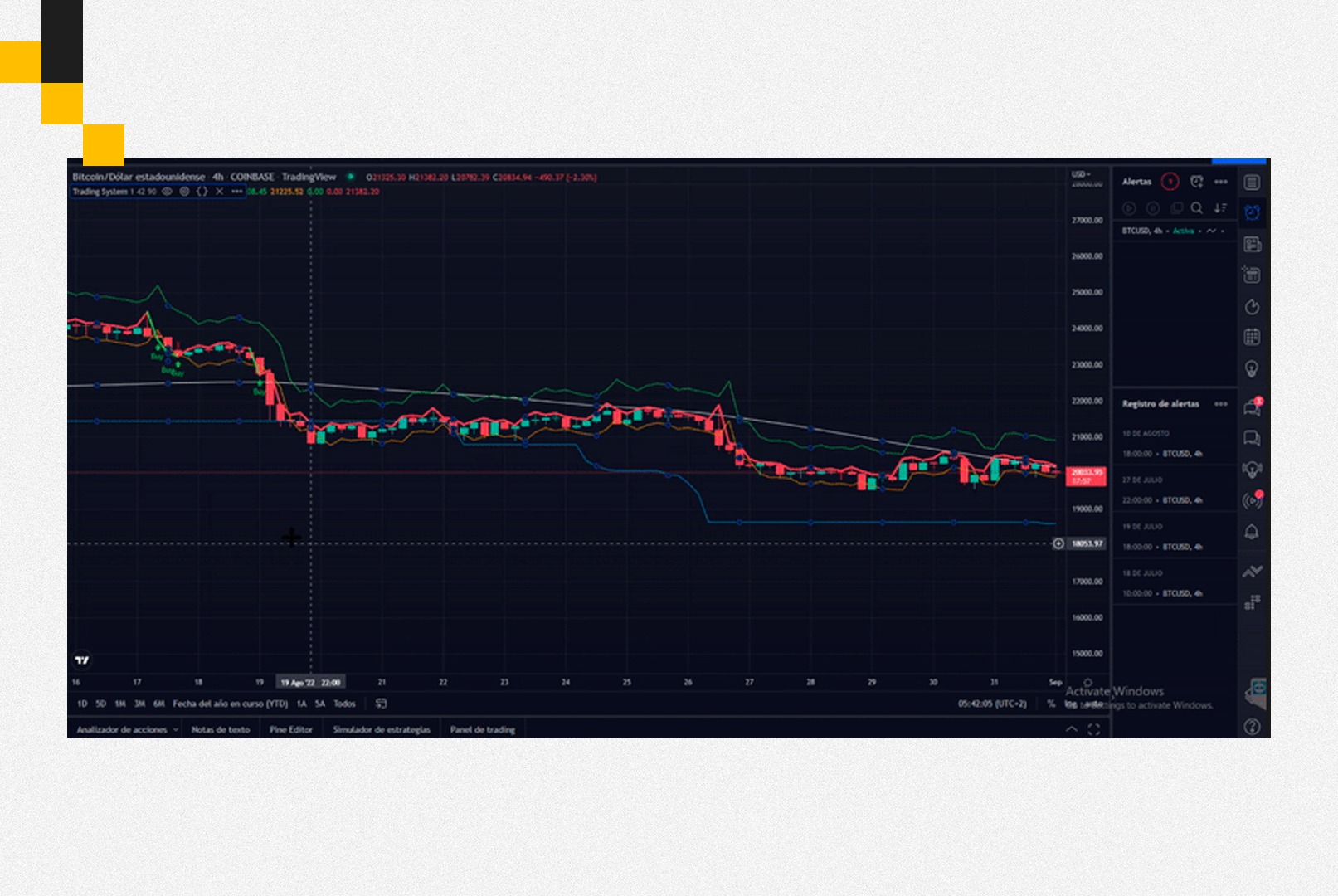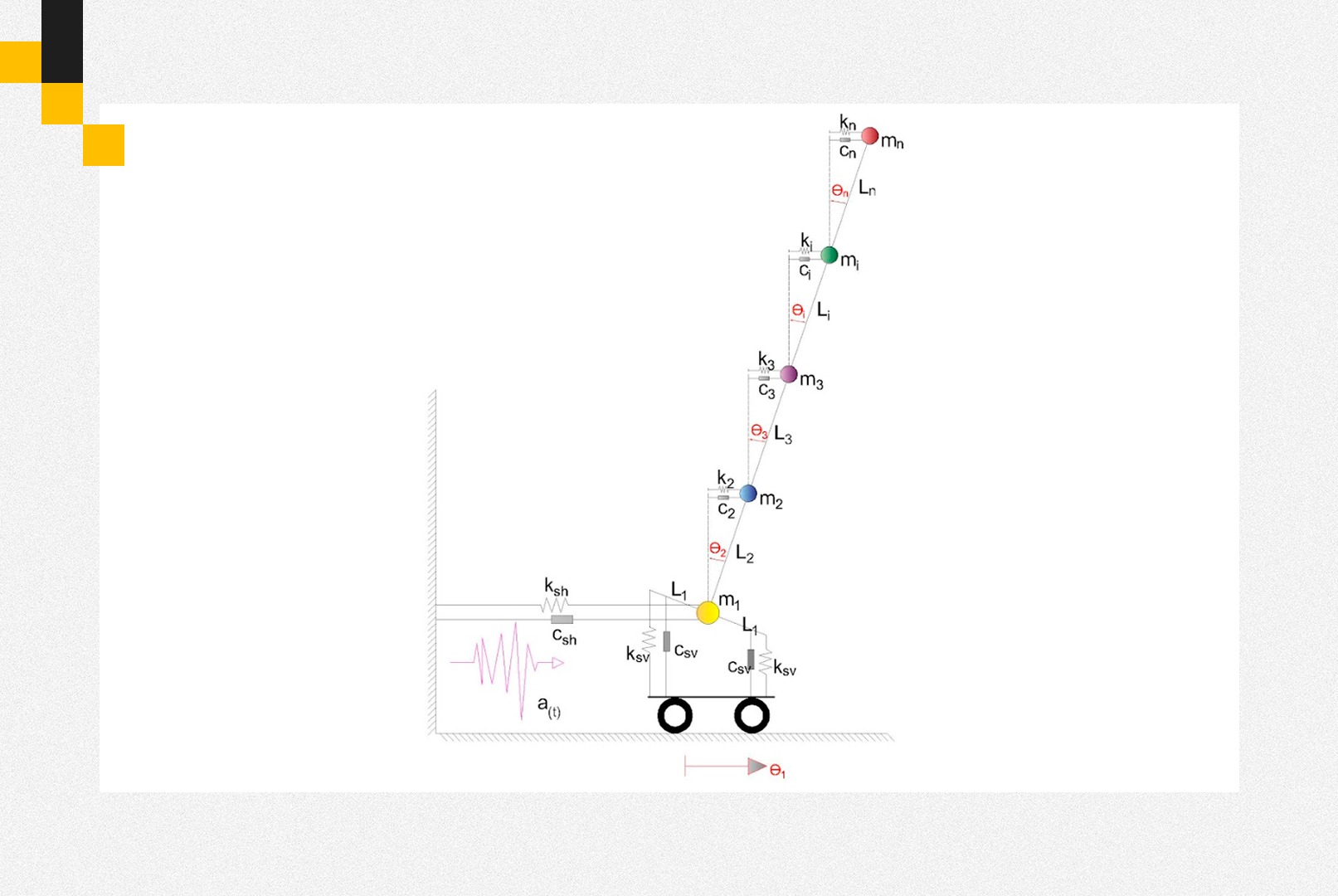
Project description
Introduction:
Within the performance based earthquake design of civil structures, one of the fundamental parts corresponds to the analysis of the soil where the foundations of the structure will be built on. For this reason, the study of the soil-structure interaction is essential to count with an adequate earthquake resistant design. Thus, for example, the so-called «stick-models» have failed to adequately predict the structural behavior under a given seismic excitation, since the main drawback is that the foundations are considered as infinitely rigid plates, i.e., the effects of the soil-structure interactions are left out of the analysis.
Thus, in order to include the non-linear dynamic behavior of the structure, it is important to create a reliable and practical physics-based mathematical model that simplifies the interpretation of the influence of the soil on the structure, which is the aim of this project.
Paper Link: https://jacm.scu.ac.ir/article_18063.html
Description:
We propose a lagrangian model that takes into account the dynamic interactions between the soil and a n-storey plane frame, which may be subjected to a seismic excitation through the ground. The interaction of the soil with the structure is modeled through a combination of springs and dampers representing the characteristics of the ground, the masses and stiffnesses of the elements of the structure are condensed to facilitate the analysis. Then, the Euler-Lagrange equations of the system are formulated, which are generalized for n floors. Next, these equations are discretized using the finite difference method, to solve them using the Newton-Raphson method at each time step, during and after the seismic excitation, thus, determining the positions of each concentrated mass of the system. In addition, a linearization of the governing equations is performed, in order to compare these results with those of the nonlinear model. Finally, the nonlinear model is used for the modeling and analysis of the structure of a 10-storey building, whose structural elements are already defined and which is founded on a soil whose mechanical behavior characteristics are known. For this analysis, the corrected acceleration record of the earthquake that occurred in Pedernales, Ecuador, in 2016 is used.
Benefits:
The proposed model when considering the geometric non-linearity due to the displacements of a frame subjected to external forcing, resembles more accurately the actual behavior of the structure. Furthermore, the generalization of the system to any number of floors can be of great help for an effective pre-design of a building structure subjected to seismic exitations.
Execution time:
2 years
Required equipment:
MATLAB Software
Probability of succes:
98%
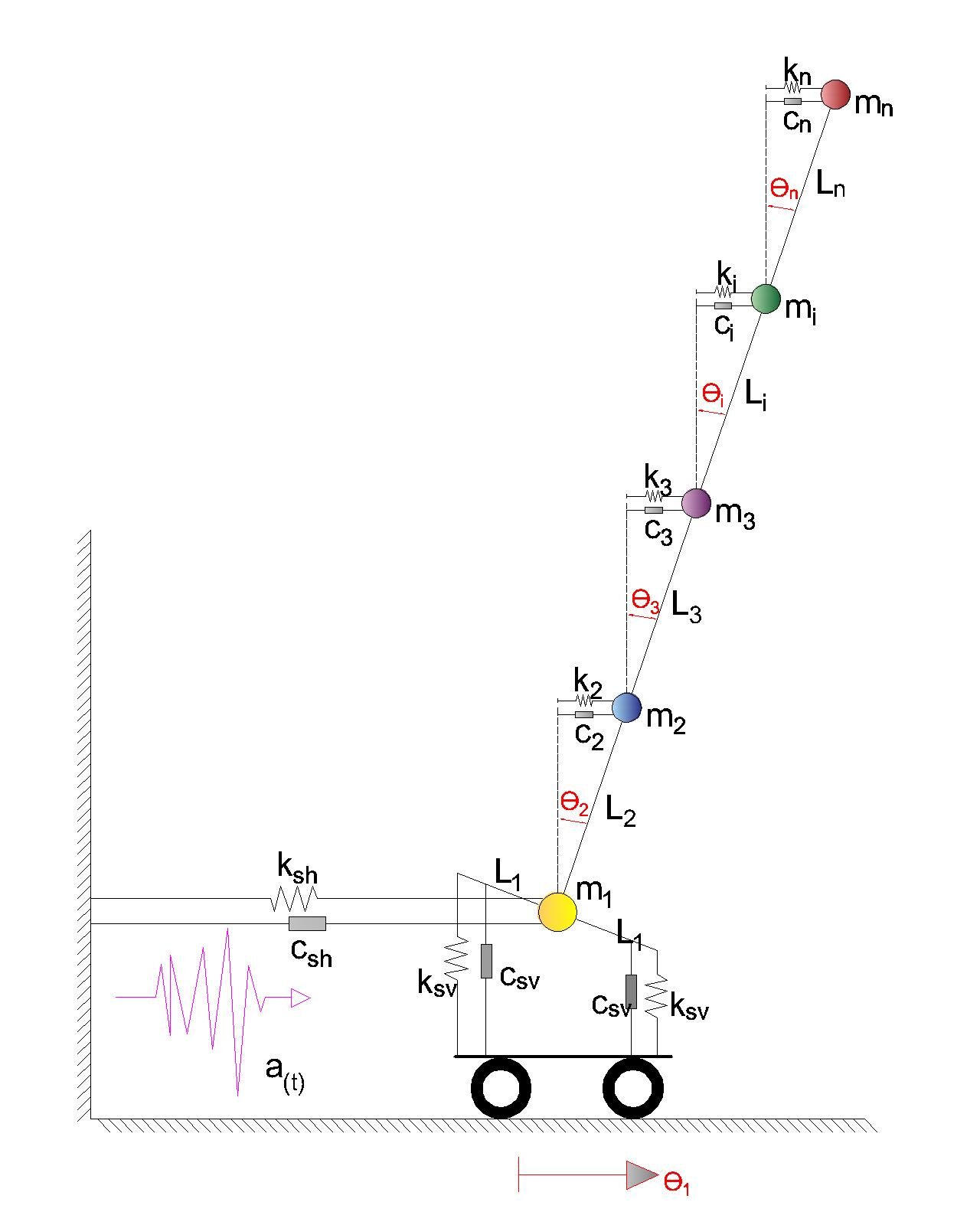
Simulation for a 5-storey building subjected to the 2016 Pedernales-Ecuador earthquake (magnitude
7.8 Mw, at 27 km depth) acceleration wave recording

